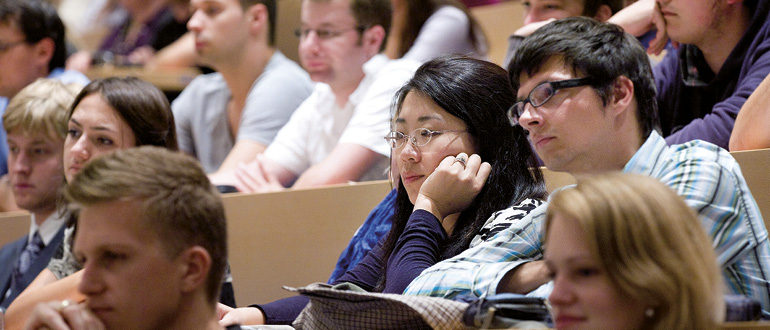| Date: | April 29th and May 6th |
| Time: | 10:00-12:00 and 13:00-16:00 - both days |
| Place: | In room O95, SDU, Campus Odense (both days) |
| Teacher: | Oskar Palinko, Associate Professor, SDU Robotics, specializing in human-robot interaction |
| Registration: | By mail to Secretary, Jeanet Dal at mail dal@sdu.dk Deadline for registration - before 25 April 2022 When registering please provide your name, email adress, affiliation and which course you are signing up for. The course wil only be offered by 5 or more registered. |
| ECTS: | TBA |
Intro to statistics for experiment analysis
with Oskar Palinko, Associate Professor,
SDU Robotics, specializing in human-robot interaction
Join us for this two-day course on how to practically use statistical methods to analyze your experimental data and publish your results. The course will cover the following topics:
- Experimental design
(procedure, hypothesizing, ordering effects, within-between subjects, consent forms, etc., independent and dependent variables, unwanted factors, repetition vs replication, how to conduct studies with human subjects, SDU legal requirements, bias, interrater reliability) - Basic statistics
(central measures, dispersion measures, plots (Q-Q, histogram, box plot), hypothesis testing, regression, correlation, covariance, normality tests) - Comparative statistics
(t-test, ANOVA with different flavors, formal conditions, non-parametric methods and when to use them, Chi Square test, binomial logistic regression, F-test of variance) - What do ANOVA and t-test results mean, how to report on them in a scientific publication
- Reading and analysis of example papers
- Analysis of example experiment using SPSS with actual data provided by teacher or students’ own data
(encouraged to bring your own data to second meeting)
The course will focus on how to practically use statistics in one's research without needing a strong mathematical, engineering or statistical background. We will discuss which tools to use (e.g. SPSS), how to get results using these tools and how to write them up in scientific publications.
